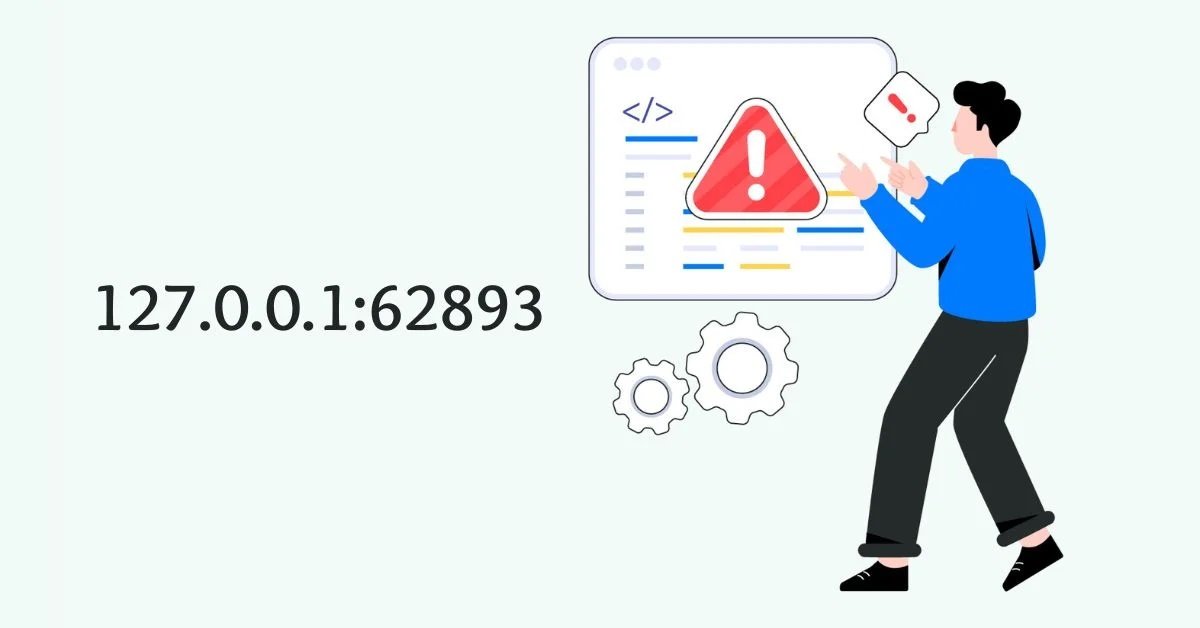
127.0.0.1:62893
In the realm of networking and cybersecurity, the term 127.0.0.1:62893 may appear obscure, yet it holds significant importance. This combination of an IP address and a port number is vital in understanding how devices communicate within networks, especially when it comes to local testing and development. In this article, we delve deep into what 127.0.0.1:62893 signifies, its applications, and why it is crucial for developers and IT professionals.
What is 127.0.0.1?
127.0.0.1 is the loopback address, commonly referred to as localhost. In networking, this address is used by a computer to send data to itself. It is a reserved IP address that allows a device to establish an IP connection to itself. This is useful for testing purposes and troubleshooting network configurations.
When you type 127.0.0.1 into a browser’s address bar, you are essentially telling your computer to connect to itself, which can be useful when testing web servers and other services without exposing them to external networks.
The Significance of Localhost
Localhost, or 127.0.0.1, is crucial for developers. It provides an environment to test applications in a controlled manner, without needing external internet access. For instance, when a developer is working on a web application, they can run it locally and use 127.0.0.1 to access it, ensuring that it works correctly before deployment.
Understanding Port Numbers: What Does 62893 Mean?
A port number is a numerical label in a network that allows different services and applications to coexist on the same device. When combined with an IP address, a port number identifies a specific process or service on a device.
In 127.0.0.1:62893, 62893 is the port number. Port numbers range from 0 to 65535 and are categorized into three types: well-known ports (0-1023), registered ports (1024-49151), and dynamic or private ports (49152-65535). The port number 62893 falls into the dynamic or private category, which means it is generally used for temporary or custom purposes, often assigned by the operating system when initiating network connections.
Why Port 62893?
Port 62893 is not associated with any specific standard application or service. It is likely used dynamically by a system or a developer for a particular task, such as running a local web server, a development environment, or testing an application. Developers often use such high-numbered ports to avoid conflicts with well-known services that use lower-numbered ports.
Practical Applications of 127.0.0.1:62893
Local Development and Testing
One of the primary uses of 127.0.0.1:62893 is in local development. Developers set up local servers on their machines using this loopback address and a specific port number like 62893 to test how an application behaves. This practice is common in web development, where developers need to simulate how an application will perform in a live environment without actually deploying it on the internet.
Troubleshooting and Diagnostics
The loopback address 127.0.0.1 is also crucial for troubleshooting. For example, if a service on a machine is not working correctly, using the loopback address can help determine if the problem is related to the network configuration or the service itself. By isolating the service on 127.0.0.1, one can diagnose whether the issue lies within the local system or with the broader network.
Security Implications of Using 127.0.0.1:62893
While 127.0.0.1 is a safe address within the local environment, it’s important to understand the security implications of running services on specific port numbers like 62893. Since this address and port combination is not accessible externally, it is relatively secure from external threats. However, if a malicious program were to gain access to the system, it could potentially exploit services running on such ports.
Best Practices for Security
To mitigate security risks, it’s important to follow best practices when using 127.0.0.1:62893:
- Firewall Configuration: Ensure that your firewall is configured to block unauthorized access to all but the necessary ports.
- Regular Updates: Keep your software and development tools up to date to protect against vulnerabilities.
- Monitoring: Regularly monitor the services running on local ports to detect any unauthorized activity.
The Role of 127.0.0.1:62893 in Modern Development Environments
In modern development environments, 127.0.0.1:62893 is more than just an address and port; it represents a critical aspect of agile development processes. As development teams increasingly rely on continuous integration and continuous deployment (CI/CD) pipelines, the ability to test locally using addresses like 127.0.0.1 becomes invaluable.
Docker and Containerization
Tools like Docker use 127.0.0.1 extensively. Docker containers, which encapsulate applications and their environments, often expose their services to the host machine using loopback addresses and dynamic ports. By mapping container ports to local ports such as 62893, developers can interact with containerized applications as if they were running natively on their machines.
Virtual Machines and Sandboxing
Similarly, virtual machines (VMs) and sandboxing environments use 127.0.0.1 for internal communications. This allows developers to create isolated environments where they can run applications without affecting the host system, while still being able to interact with those applications through the loopback address.

Conclusion: The Importance of Understanding 127.0.0.1:62893
Understanding 127.0.0.1:62893 is essential for anyone involved in network administration, development, or cybersecurity. It’s a fundamental tool that allows for safe, local testing and development, while also serving as a critical component in troubleshooting and network diagnostics.
By comprehensively understanding how this loopback address and port number work, professionals can more effectively manage their development environments, troubleshoot issues, and maintain security.






